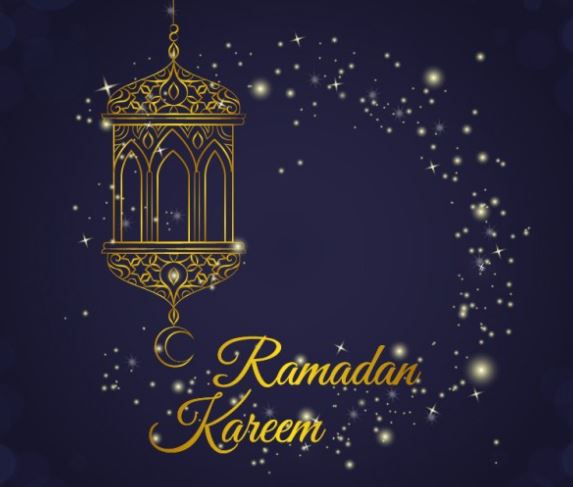Ramadan 2017 / Eid al Fitr
Ramadan is the month that Practising Muslims perform Fasting, which begins before ‘Dawn’ which this year 2017 was around 3.00am until ‘Dusk’ which was around 10.00pm. Muslims are very precise on the time of starting the fast and ending the fast and follow a timetable, as each day may get longer or shorter by a minute! They refrain from eating or drinking anything during these hours and also having marital relations. There are some exemptions which include children, the sick, the pregnant woman if she chooses and those of infirm mind.
Ramadan is the name of one of the months in the Islamic Calender which is different to the Gregorian Calender that is used in other countries.
Ramadan Mubarak!
Meaning ( Blessed Ramadan to you , or ,May the Blessings of Ramadan be granted to you)
This is the greeting Muslims say when the HOLY month of ‘Ramadan ‘ starts and they continue to say for the next 29 -30 days ,as ,the Islamic Calendar is lunar and the sighting of the new moon determines the beginning and end of the month. This is just a measure of time and has no connection to the worship of The Creator whom Muslims address as ALLAH.
The Fast
(called ‘Sawm’ in Arabic) is an offering to ALLAH (GOD) to show Muslims devotion and submission to The Creator and it also benefits the Muslims as they obtain many blessings and develop ways of self-control and discipline. During their Fasting they also have to be patient and do acts of kindness and it is a time to re-examine and become more devoted and remind each other of their duty to The Creator and fellow human beings.
The Messsenger Prophet Muhammad
The month of Ramadan is very special as it is the month that the Holy Quran was revealed to The Messsenger Prophet Muhammad (peace & blessings be upon him). This Message is ‘The Quran’ which was dictated to The Prophet Muhammad (peace & blessings be upon him) by the Angel Gabriel from ALLAH (GOD) and was to be delivered to all of mankind from then until now and those who accept it are called ‘Muslims’ i.e (Those who submit their will to the one ‘god’ ALLAH.)
There is a meal called Iftar served every night in the Mosque at the time of breaking the fast. This meal is paid for by donations from the community and everyone is invited who wishes to attend.
Zakat also is paid on the day after Ramadan and distributed – (this is a monetary contribution that is paid by each family to distribute in charity to those less fortunate).
There are 2 types of Zakat , one which is paid on this occasion of Eid al Fitr and another which is paid on Eid al Adha seventy days later,(the commeration of the Covenent by The Creator accepting a ‘lamb’ instead of Prophet Abraham’s son Ishmail ), , both have to calculated in a formulated way in accordance with Shariah (which is Arabic for ‘Law’ or legal jusisprudence )
Practicing the religion of Islam is a way of life for Muslims so everyday is a celebration of all the things we need to pay attention to and be aware of as we go about our day.
But some days are celebrated more than others! The 2 Days that are celebrated as practised by The Prophet Muhammad (pbuh) are Eid al Fitr and Eid al Adha.
Eid al Fitr
This is the day after the last day of Fasting in the month of Ramadan, on this day everyone goes to the Mosque early in the morning for Eid prayers ,wearing their best clothes and looking forward to a hugh congregational prayer and meeting all their friends and the community. There are cakes and tea/coffee and sweets for the children at the mosque and after everyone has greeted each other they usually go off for family meals or gatherings or stay and participate in some activitities organised by the Mosque.
Activities for children in the home or classroom or creche could be making crescent moons and stars and hang them like mobiles or chain decorations , or make them as cards , drawings of a mosque or some Islamic geometric design is also good .Muslims must keep their decorations and homes free from any images of people or animals but flowers and plants and geometric designs are okay and also writing as can be seen in the mosques around the world. The artisans used repetition of shapes and Arabic calligraphy – words from the Quran, to decorate.

